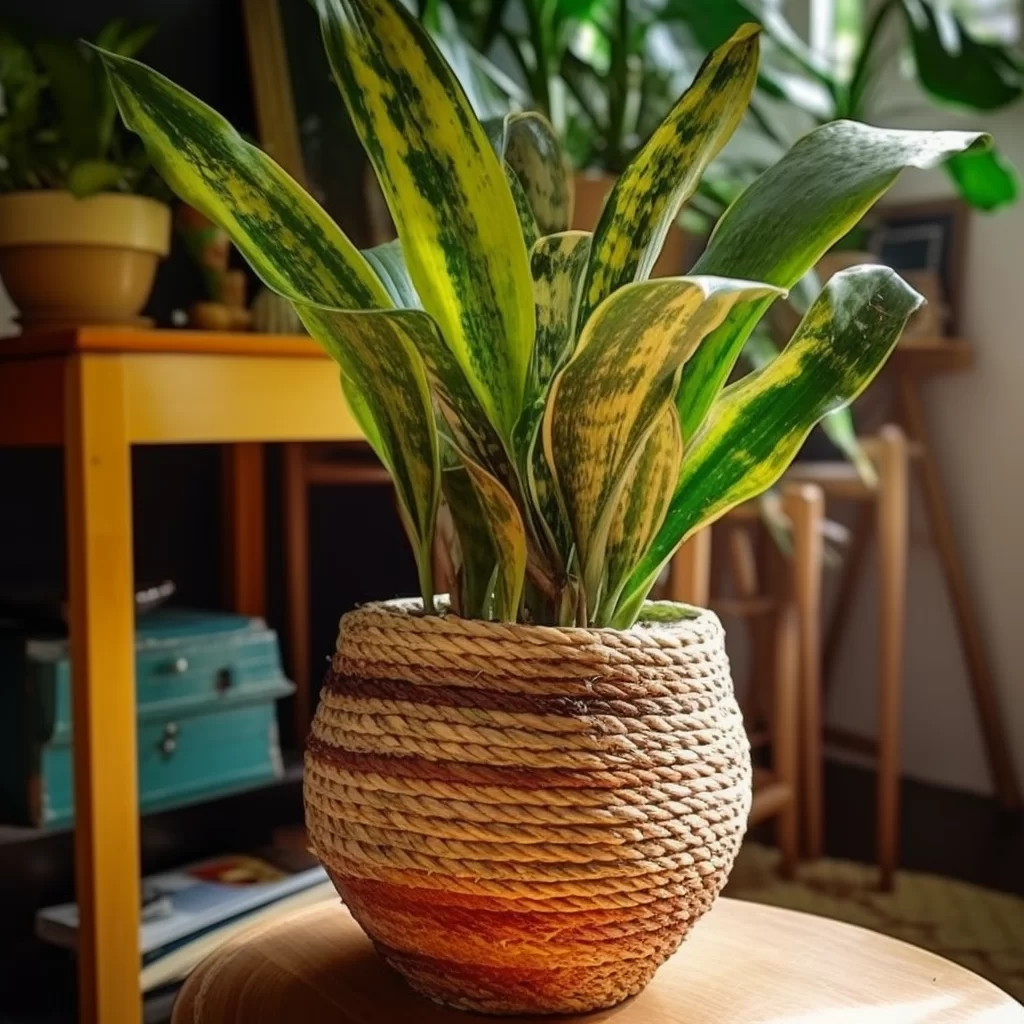Story of Day :
Contents
The Potted Snake Plant: A Complete Guide and Care Tips
When it comes to indoor plants, the potted snake plant is a popular choice among homeowners, with its striking appearance and various health benefits.
In this article, we will provide you with a complete guide on how to care for your potted snake plant.
Introduction to the Potted Snake Plant
The potted snake plant (Sansevieria trifasciata) is native to West Africa and belongs to the Asparagaceae family.
It’s also known as Mother-in-Law’s Tongue due to its long, upright leaves that resemble a tongue.
The leaves are often variegated with green and yellow stripes or with silver-gray-green markings.
The Benefits of Having a Potted Snake Plant
- Purifies air by absorbing toxins such as benzene, formaldehyde, xylene and nitrogen oxide
- Improves sleep quality by producing oxygen at night while absorbing carbon dioxide
- Aids in breathing by increasing humidity levels in your home
- Boosts productivity by reducing stress levels and improving focus
Care Tips for Your Potted Snake Plant

Lighting Requirements:
The potted snake plant thrives well in bright light but can tolerate low light conditions.
They prefer indirect sunlight or partial shade if they are placed near windows that receive direct sunlight.
Watering:
The snake plant requires minimal watering since they store water in their leaves.
Overwatering can lead to root rot resulting from fungal diseases which can damage or kill the plant over time.
It is recommended that you wait until the soil has dried out entirely before watering again; usually, once every 2-3 weeks is enough.
Soil:
The potted snake plant requires well-draining soil.
A good potting mix should contain nutrient-rich soil, perlite or coarse sand to help with drainage.
Adding organic matter like compost can improve the quality of the soil.
Fertilizer:
The snake plant does not require frequent fertilizing; it’s recommended to fertilize once a month during the growing season (spring and summer) using a balanced liquid houseplant fertilizer diluted to half strength.
Avoid using leaf shining products as they can damage the leaves.

Pests and Diseases
- Mealybugs: These pests look like cotton balls and will appear in clusters on leaves or in crevices near stems.
To get rid of them, remove infected parts and spray your plant with rubbing alcohol or insecticidal soap
- Spider Mites: These small pests are hard to see but will cause yellow spots on leaves resulting from their feeding activities.
You can get rid of them by increasing humidity levels around your plants or spraying them with an insecticidal soap
- Fungal diseases: Overwatering can lead to fungal diseases like root rot, which can kill your plant over time if not treated promptly.
Ensure that you have well-draining soil and avoid overwatering by letting the topsoil dry before watering again.

In Conclusion
To sum up this guide on caring for your potted snake plant, ensure that you provide adequate lighting conditions such as bright indirect sunlight, minimal watering intervals ensuring well-draining soils which are crucial for its survival.
The benefits of having a potted snake plant go beyond just aesthetics; they purify air toxic substances while reducing stress levels hence improving productivity.
Keep an eye on pests and diseases, and you can enjoy the beauty of your potted snake plant for years to come.